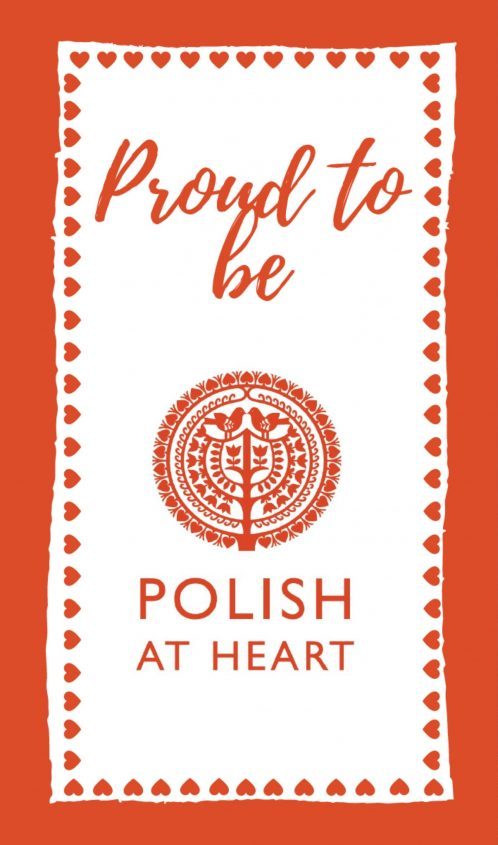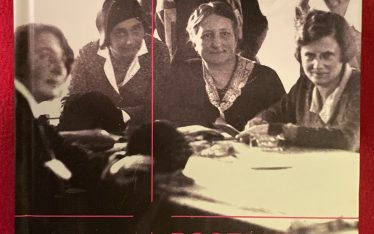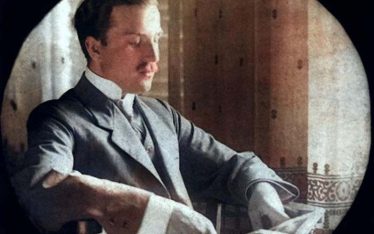It was moving to witness such an intimate family funeral of Prince Phillip, the Duke of Edinburgh. Much has been said about his Danish and German ancestry, yet even less about his great grandmother Countess Julia Hauke born in Warsaw in 1825. Sounds Polish enough doesn’t it? A fascinating history with a love match frowned upon by the establishment has actually left a huge mark on the royal family and its surname.
Who was Countess Julia Hauke?
Julia lost her parents Count Maurycy Hauke and Zofia née Lafontaine in 1830 and 1831. Aged only 5, together with two sisters she was taken to St Petersburg, graduating from the Smolny Institute for Noble Young Ladies. Becoming a lady in waiting to Maria the German wife of the future Tsar, she attracted the attention of Maria’s brother Alexander of Hesse and by Rhine. Alexander fell deeply in love with Julia and because she was seen as a poor Polish relation, the couple fled to Wrocław marrying on 28th October 1851. Although the Tsar cut them off, salvation came from Alexander’s brother Louis, the Grand Duke of Hesse who gave his sister-in-law Julia the title of Countess of Battenberg and in 1858 Princess of Battenberg.
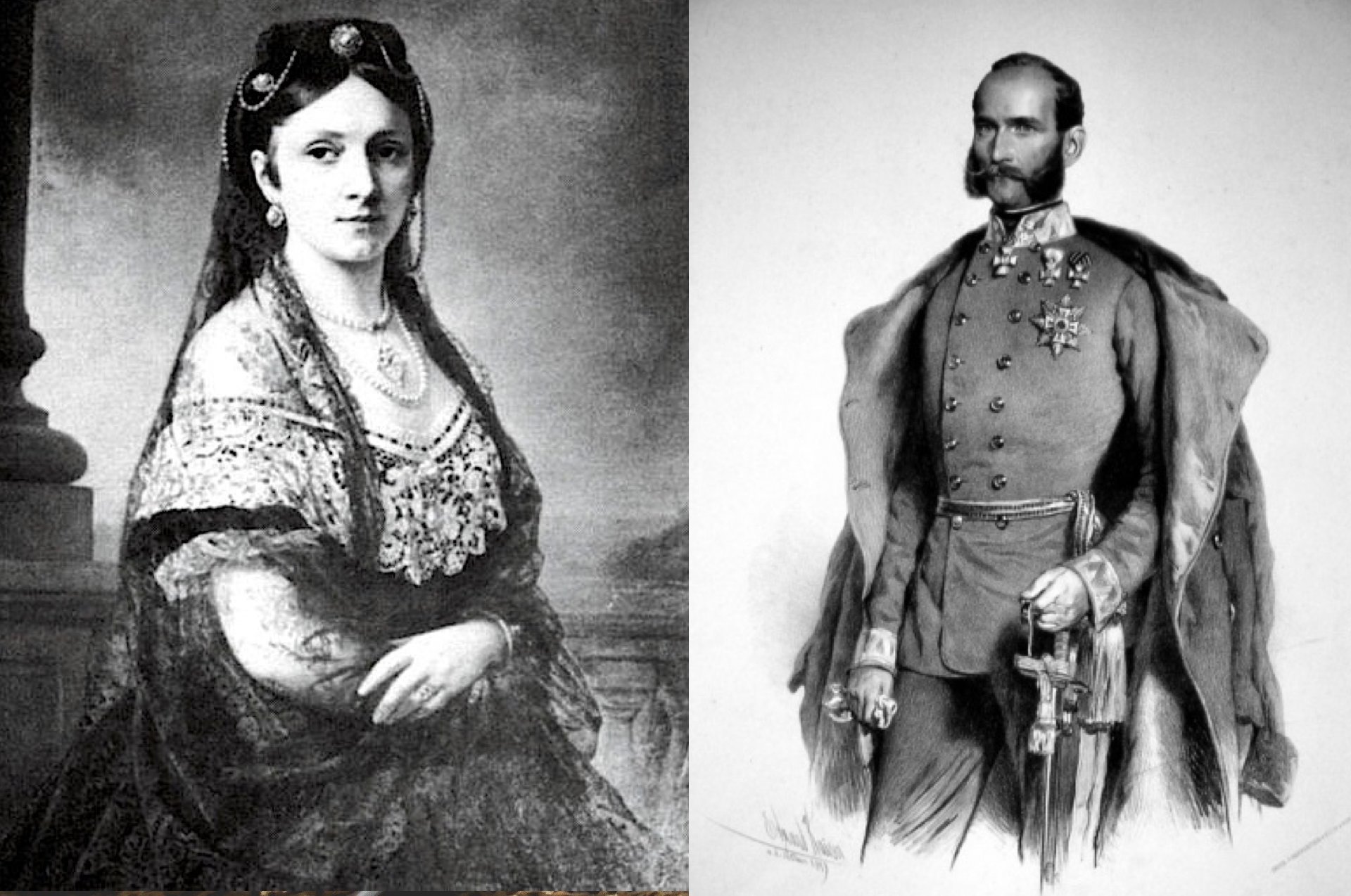
Princess Julia of Battenberg and Prince Alexander of Hesse and by Reine
Alexander and Julia’s five children were unable to inherit their father’s title due to the marriage being between people of unequal social rank, so all were given their mother’s title of Battenberg. Evidence exists that Julia was an ambitious lady and her children made impressive marriages, their descendants becoming consorts of the thrones of Bulgaria, Sweden and Spain. Despite the social stigma, Julia made friends with Queen Victoria’s daughter Alice who in letters to her mother heaped high praise on her, leading to a meeting between Julia and an equally charmed Queen Victoria. This acceptance as well as the frequent visits of the Tsarina Maria helped to rehabilitate Julia and Alexander in Europe’s courts.
So was she really Polish?
Julia and Alexander lived mainly within the Prussian Empire. Although her life was spent outside of Poland, there are letters she wrote in Polish to a friend she attended finishing school with. Perhaps her older sisters taught her?
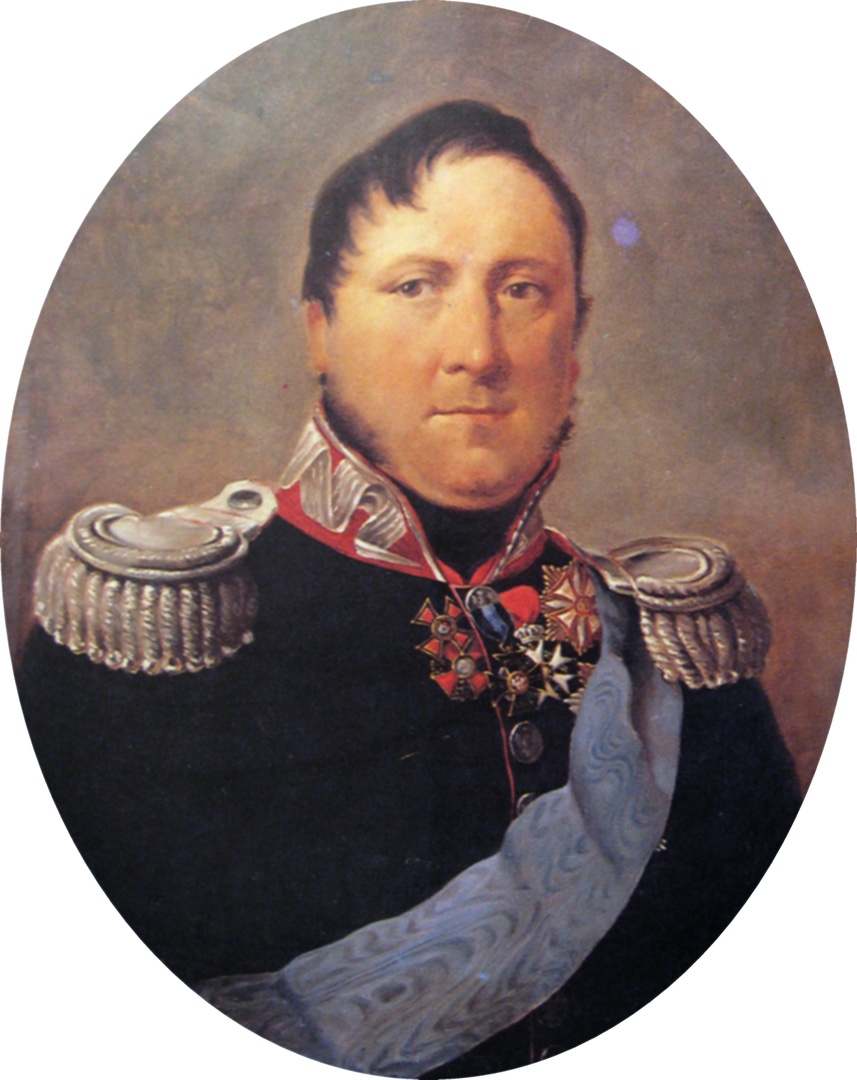
Jan Maurycy Hauke-Bosak
Her father Jan Maurycy Hauke, often described as a Polish nobleman was the son of a military teacher at the prestigious Warsaw Lyceum. He became a Minister of War in the Polish Kingdom which was under Russian influence during the partitions. Despite taking part in Uprisings against Russia and fighting in Napoleon’s Polish legions, he was given the “Bosak” coat of arms by the Tsar. Jan Marycy married Zofia, daughter of the editor of the first Polish medical journal. Does this make Julia Polish? We know Julia was a catholic, only converting to her husband’s Lutheranism late in life. Her brothers Maurycy Napoleon, Władysław and Józef all fought in the November Uprising of 1830 against the Russians. After escaping from arrest, one joined the Mickiewicz Legion in Italy. Descendants of the Hauke-Bosak family still live in Poland, one Aleksander Hauke-Ligowski is a Dominican priest. It may be that all the Hauke children were brought up speaking Polish and feeling Polish patriotism? I’ll leave you to decide.
From Julia to Prince Phillip
Julia’s eldest son, Prince Louis of Battenberg (1854–1921) was brought up in Italy and Germany speaking French and with an English governess. He joined the British navy aged 14, later became a British citizen and during World War I due to anti-German sentiment anglicised his name to Mountbatten (literally a translation of the German Battenberg). Marrying Victoria, granddaughter of Queen Victoria and Prince Albert he set up another love match as Queen Victoria’s youngest daughter Beatrice fell in love with Louis’ brother Henry at their wedding.
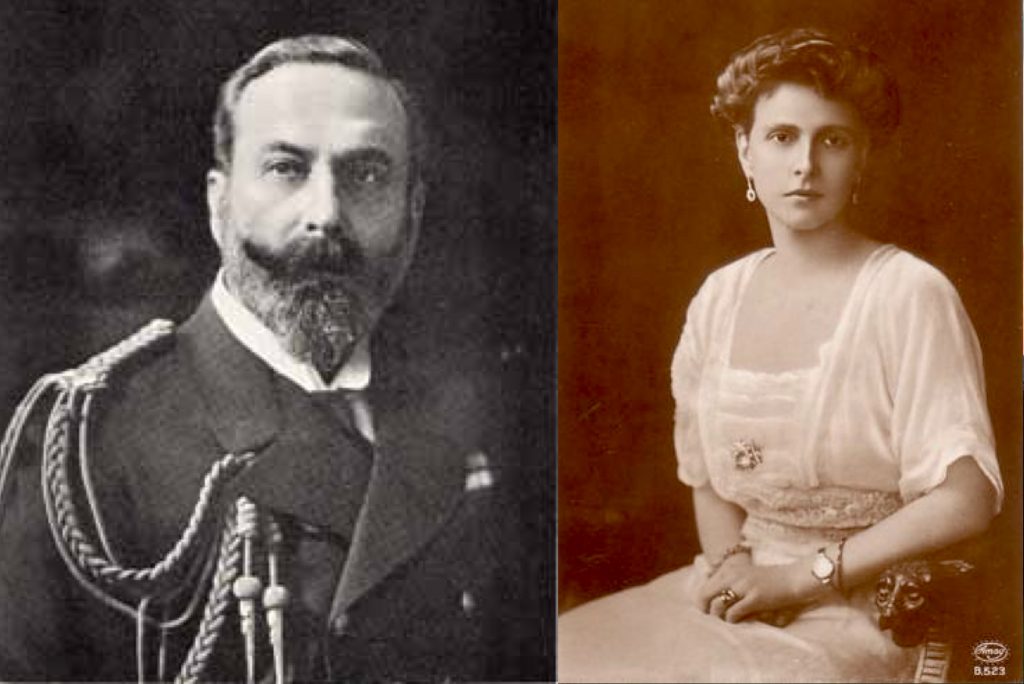
Prince Louis of Battenberg and his daughter Princess Alice 1906
Louis’s daughter, Princess Alice of Battenberg, born in 1885 was Prince Phillip’s mother marrying Prince Andrew of Greece and Denmark. Her brother, was Lord Mountbatten of Burma murdered by the IRA in 1979 who was like a father to Phillip, instrumental in ensuring that he met Princess Elizabeth. He was also a mentor to Prince Charles who was very close to him. There is a touching tribute to Julia on Lord Mountbatten’s memorial site.
Mountbatten name and Coat of Arms
Prince Philip’s coat of arms features the Battenberg/Mountbatten lion with a blue Naval Crown to represent Philip’s naval career. The Battenberg black and white stripes have also been incorporated into the bottom left. As titles usually come through the male line, this is an incredible story of a woman who established her legacy in Europe’s royal courts.
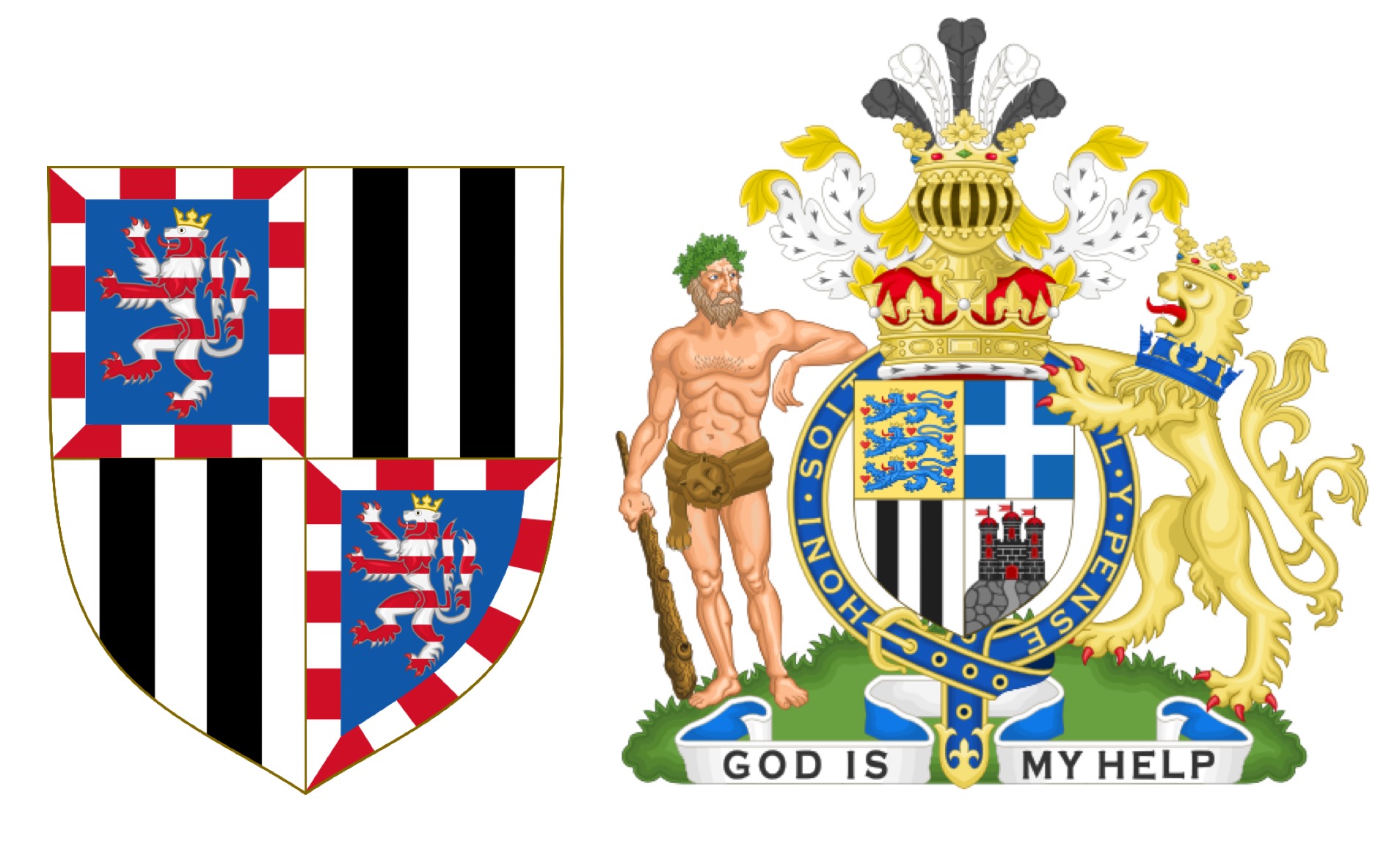 Julia’s heritage lives on in the endearing love story of Prince Phillip and Queen Elizabeth II who agreed that their children would be named Mountbatten-Windsor. Many people have memories of meeting Prince Phillip and as a proud owner of the Gold Duke of Edinburgh Award, I remember seeing this tall figure approach us at the ceremony, leaning forward with interest but still straight backed. He made us laugh asking us about mosquitos. It is said he inherited his long nose from the Battenbergs – if only I’d know I could have asked about his Polish roots.
Julia’s heritage lives on in the endearing love story of Prince Phillip and Queen Elizabeth II who agreed that their children would be named Mountbatten-Windsor. Many people have memories of meeting Prince Phillip and as a proud owner of the Gold Duke of Edinburgh Award, I remember seeing this tall figure approach us at the ceremony, leaning forward with interest but still straight backed. He made us laugh asking us about mosquitos. It is said he inherited his long nose from the Battenbergs – if only I’d know I could have asked about his Polish roots.
Images used are mostly in the public domain. The featured image of Prince Phillip and Queen Elizabeth II is under editorial license of Featureflash Photo Agency / Shutterstock.com
If you enjoyed this article you may wish to read:
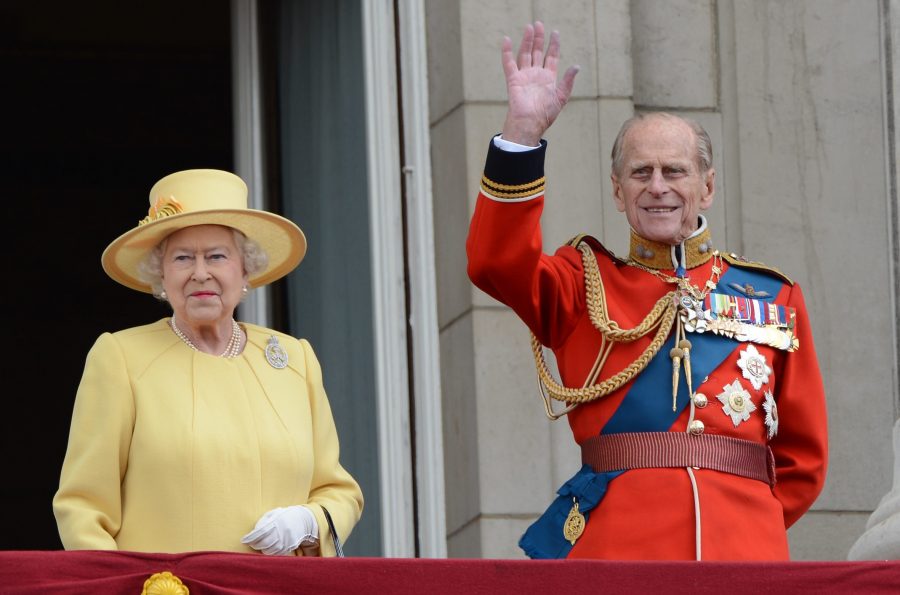
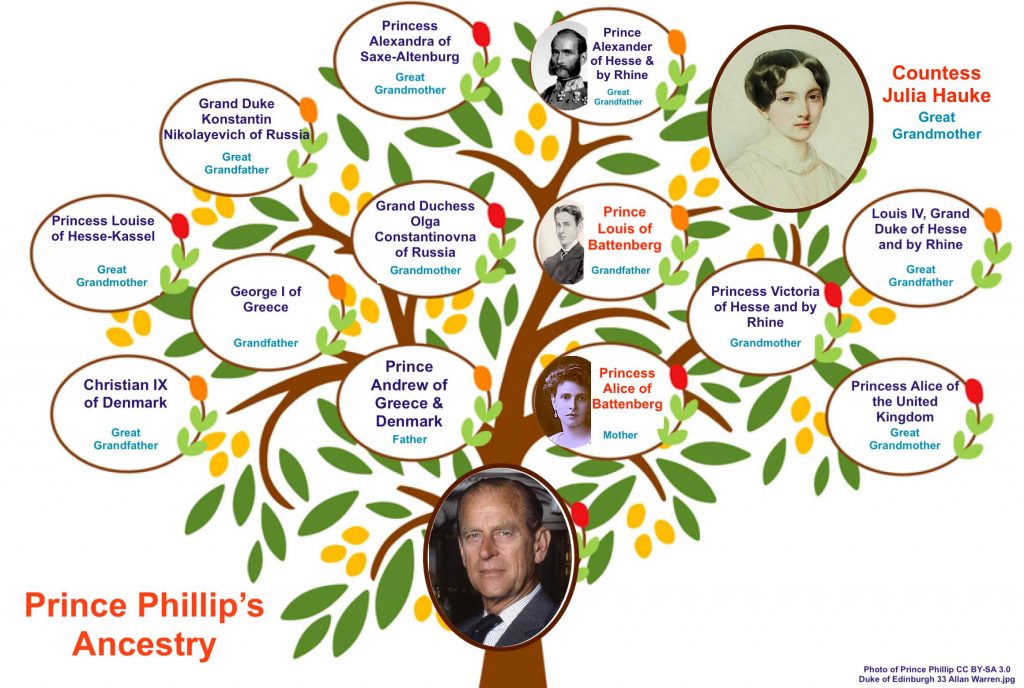
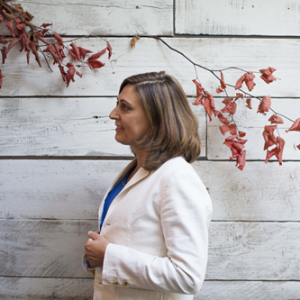
 1.Tracing Family History pre-WW2
1.Tracing Family History pre-WW2 2. Tracing Family History WW2
2. Tracing Family History WW2